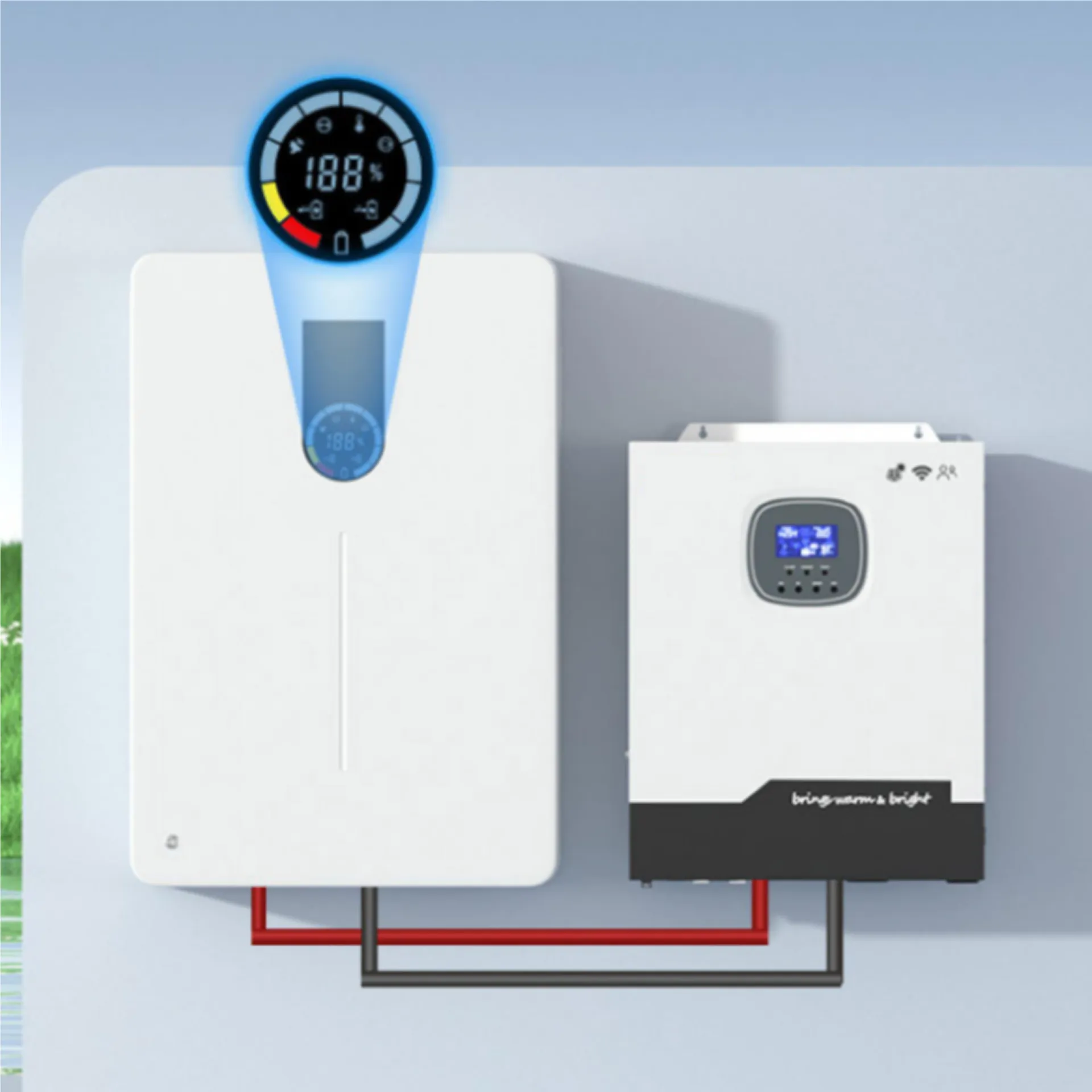Next-Gen Solar Power Starts with Micro Solar Inverters
In the push toward energy independence and smarter solar systems, the micro solar inverter is leading the charge. Unlike traditional string inverters, which control entire solar panel arrays at once, the microinverter manages power at the individual panel level—offering better efficiency, safer voltage levels, and smarter energy monitoring. Whether you’re a homeowner aiming to maximize your rooftop solar output or a solar installer looking for high-performance solutions, a micro solar inverter delivers unmatched precision and adaptability for modern solar systems.

The Core Features That Make the Micro Solar Inverter Stand Out
What truly sets the micro solar inverter apart is its panel-level performance optimization. Each solar panel is paired with its own microinverter, which allows every panel to operate at its highest potential regardless of shading, debris, or panel mismatch. This results in up to 25% more energy harvest compared to systems using traditional inverters.
A high-quality micro solar inverter offers real-time data monitoring through cloud platforms or mobile apps, giving users full visibility into each panel's output and system health. Advanced models include integrated grid compliance, automatic shutdown in the event of grid failure, and IP67-rated waterproof designs to endure extreme outdoor conditions.
The modularity of the microinverter system also means easier expansion. Adding more panels? Simply add another micro solar inverter—no need for oversized central inverters or complex rewiring.
Key Precautions During Micro Solar Inverter Installation
While installing a microinverter system is generally simpler than string inverter systems, there are critical precautions to consider to ensure maximum efficiency and longevity.
First and foremost, ensure compatibility between the solar panels and the selected micro solar inverter. Each microinverter has a specific input voltage and current range, so matching these with the panel's output is essential for safety and performance.
Secondly, proper grounding is crucial. Even though microinverter systems operate at lower voltages, electrical grounding remains necessary to protect the system and ensure compliance with safety codes. Secure mounting of the micro solar inverter under or behind panels is another important step—this shields the device from direct sun exposure and optimizes heat dissipation.
Lastly, pay attention to layout planning. Microinverters are designed to be easily daisy-chained, but ensuring neat cable management and secure connectors helps minimize signal loss and physical wear over time.
Understanding the Market Trend of the Micro Solar Inverter
The demand for the micro solar inverter is on a strong upward trajectory globally. As more residential and commercial property owners turn to distributed energy solutions, the need for flexible, modular, and high-performance inverter technologies has skyrocketed.
A major driver behind this growth is the increasing awareness of energy optimization and safety. Since each microinverter operates independently, systems equipped with them are inherently more fault-tolerant and resilient—attracting both homeowners and utility-scale project developers. Furthermore, with energy policies tightening across Europe, North America, and Asia-Pacific, grid-tied systems with micro solar inverter technology are often favored due to compliance-ready features.
Another reason for the rise in adoption is the reduction in the micro solar inverter price. While once considered a premium product, advances in manufacturing, improved chipsets, and streamlined designs have made the micro solar inverter price far more competitive—especially when long-term energy gains and reduced maintenance costs are factored in.
Expanding Solar Possibilities with Microinverter Technology
The introduction of the microinverter has revolutionized the design and implementation of rooftop solar systems. For homes with complex roof angles, shading from nearby trees, or mixed panel orientations, the micro solar inverter eliminates the issue of performance drag that typically affects traditional systems. This makes solar energy viable and productive even in non-ideal conditions.
Additionally, microinverter systems enhance safety by avoiding high-voltage DC lines, which are standard in string inverter setups. This lower voltage approach is particularly valuable in residential applications, schools, and public buildings where safety is a top concern.
From a service perspective, diagnosing issues becomes easier and faster. If one panel underperforms, installers can identify and resolve the issue without shutting down the entire system—thanks to the individualized control provided by the micro solar inverter.
The growing compatibility of microinverter systems with battery storage and smart home technologies is another exciting development. Now, homeowners can pair their solar panels with intelligent energy storage solutions, creating a self-sufficient power system managed entirely by user-friendly apps.
Micro Solar Inverter FAQs
What are the benefits of using a micro solar inverter over traditional inverters?
A micro solar inverter optimizes each panel individually, increasing overall energy output, reducing shading impact, and simplifying maintenance.
Is a microinverter system easy to install?
Yes. Installation is modular and straightforward, but attention must be paid to proper grounding, voltage matching, and secure mounting to ensure optimal performance.
How does the micro solar inverter price compare with other inverter types?
While the initial micro solar inverter price may be slightly higher per watt than string inverters, the increase in energy yield and reduced downtime often make it more cost-effective long term.
Are microinverter systems safe for residential use?
Absolutely. Their low-voltage operation enhances safety, especially compared to traditional high-voltage DC string systems, making them ideal for residential rooftops.
Can I expand my solar system with more panels using microinverters?
Yes. Microinverter systems are modular, allowing you to add more panels and micro solar inverters without replacing existing components.
-
String Solar Inverter: The High-Efficiency Solution for Smart Solar EnergyNieuwsJul.14,2025
-
Revolutionizing Rooftop Energy with the Power of the Micro Solar InverterNieuwsJul.14,2025
-
Power Independence with Smart Off Grid Solar Inverter SolutionsNieuwsJul.14,2025
-
On Grid Solar Inverter: Powering the Future with Smart Grid IntegrationNieuwsJul.14,2025
-
Monocrystalline Solar Panels: High-Efficiency Power for the Future of Clean EnergyNieuwsJul.14,2025
-
Bifacial Solar Panel: A Smarter Investment for Next-Generation Energy SystemsNieuwsJul.14,2025







